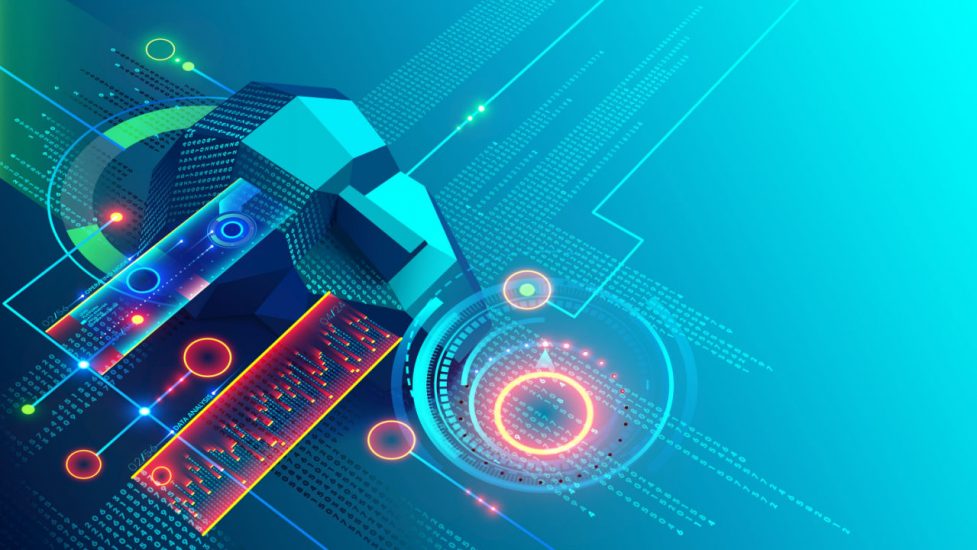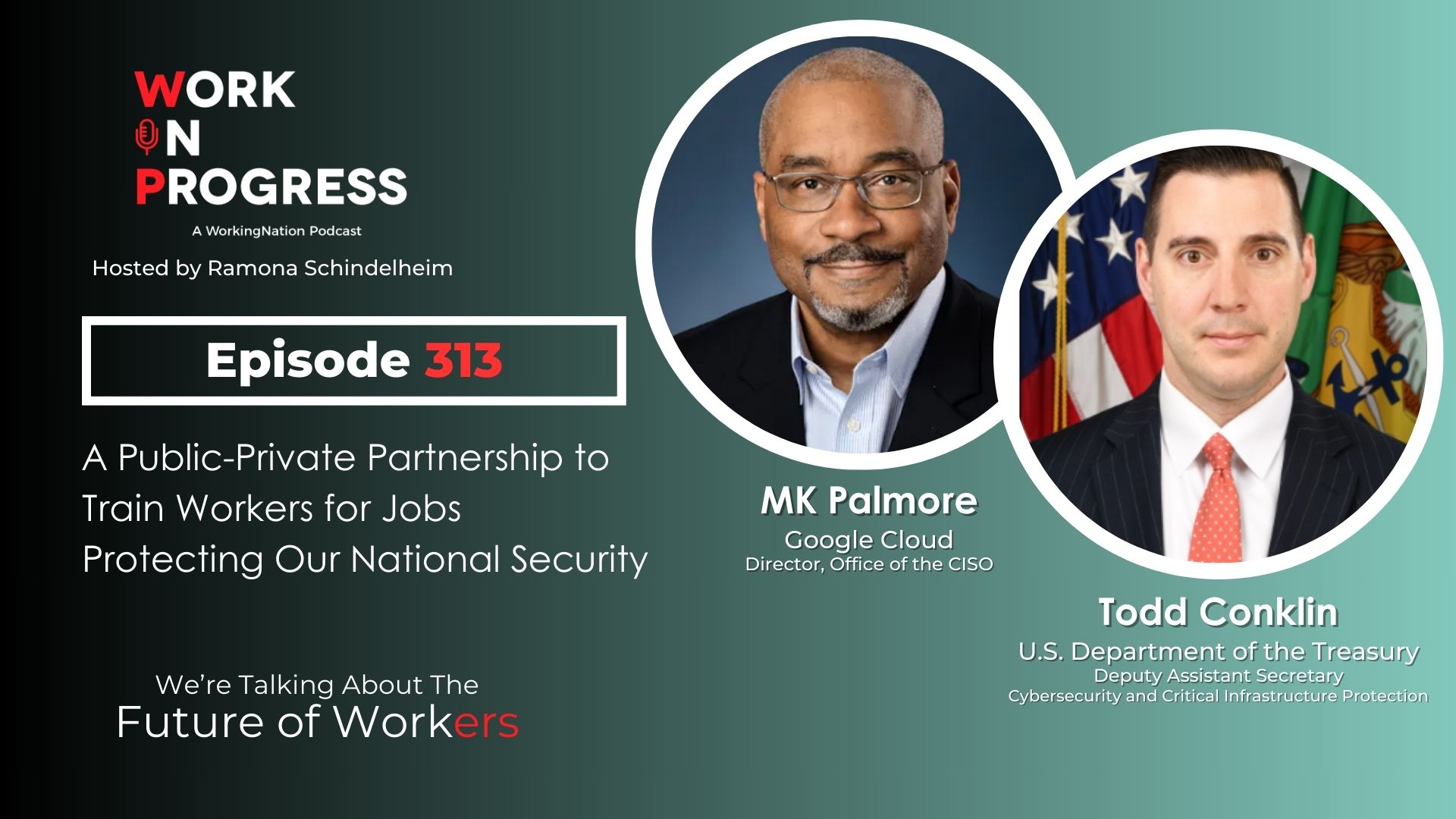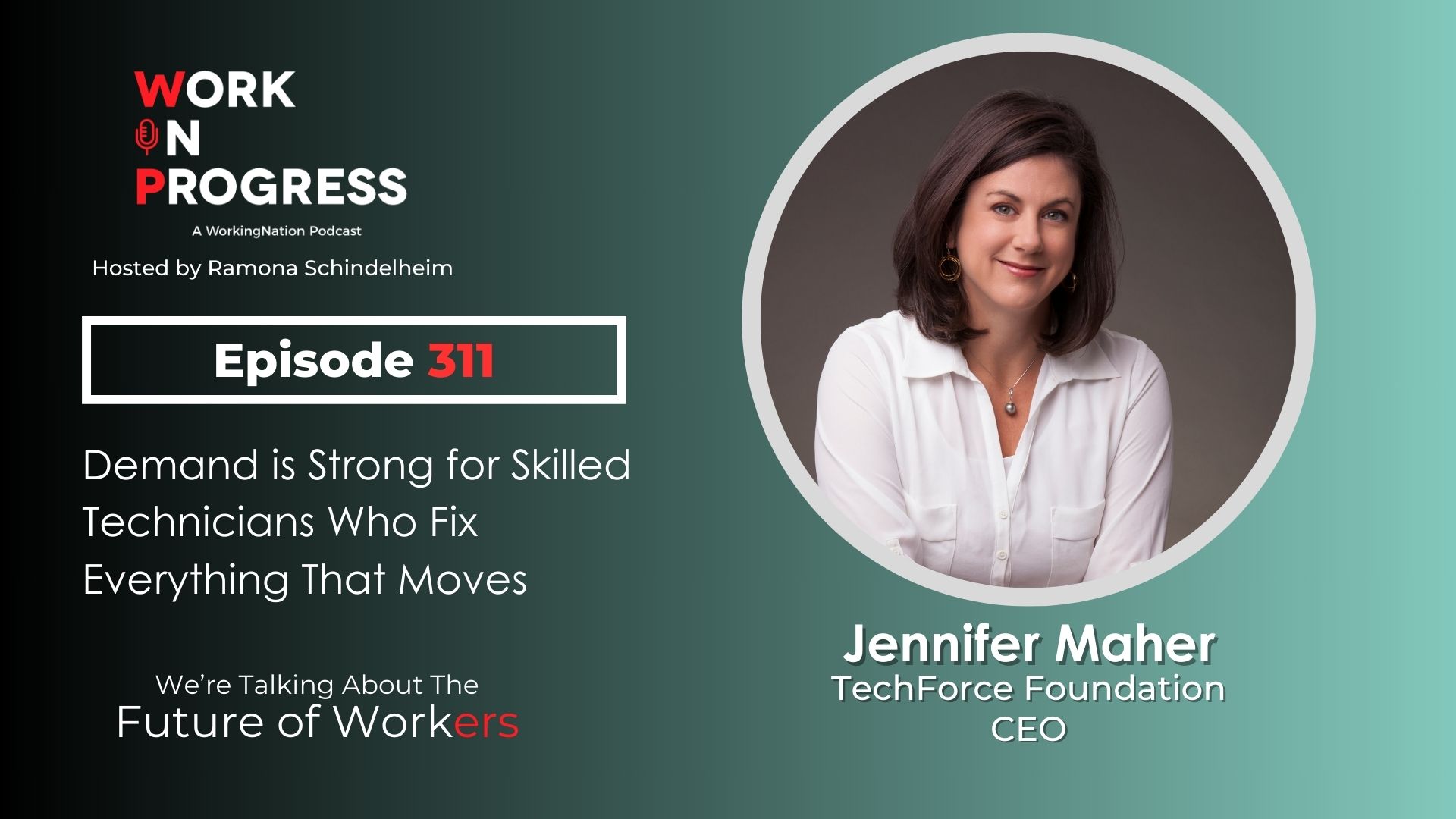Let’s start with a definition from Merriam-Webster.
machine learning (noun)
: the process by which a computer is able to improve its own performance (as in analyzing image files) by continuously incorporating new data into an existing statistical model
Machine learning is the idea that computers can use artificial intelligence (AI) to learn from vast amounts of data without being programmed directly. They will learn and adapt.
Neither AI nor machine learning (ML) are new, but the advancements are galloping. ChatGPT is just the latest example!
It’s hard to say just how sophisticated and complex this new technology will ultimately become over the next few years and what the big impact will be on the workforce, but it is clear some jobs will be lost while many more will be transformed.
A report from the World Economic Forum forecasts continued advances in technology will eliminate 85 million jobs by 2025, but more than 97 million new jobs will be created to help support the industry. That’s 12 million more jobs being created than those being destroyed.
By the end of the decade one million of those jobs are expected to be in AI and ML, says Mike Miller, general manager of artificial intelligence devices for Amazon Web Services.
For now, however, there are not enough people working in the field and AWS is giving away some of its most innovate teachings for free to select learning institutes to develop and upskill the workforce of the present, and the future.
Teaching the Teachers: Free Learning and Curriculum
AWS is offering the free programs to U.S. community colleges, Historically Black Colleges and Universities (HBCUs), and Minority Serving Institutions (MSIs).
The new AWS Machine Learning University educator enablement program teaches artificial intelligence and machine learning courses to professors and instructors so they can incorporate the learnings into their classes. It includes an in-person bootcamp scheduled during the evening or weekends so it doesn’t disrupt teaching schedules.

The curriculum consists of online modules and learning resources, as well as access to AWS resources to provide hands-on experience with AWS, AI, and machine learning concepts – all for free, in the cloud.
Lecture slides, coding exercises, exams, and instructor handbooks can be used for college level, for-credit courses.
“AWS and Amazon have a goal to educate people around the world. Whether developers or students or professional learners, and machine learning being such a fast moving and key technology to future innovation, they are going to generate products and services that assist businesses and also help sustainability around the world,” explains Miller.
“We saw elite institutions are able to spend two-to-five times more per student than less resourced colleges and universities,” he adds. “Unfortunately, that’s where underrepresented students are concentrated and it deepens gaps in opportunities. We want to reduce cost as a barrier and increase teacher capacity.”
AI and Machine Learning: A Catalyst for Career Advancement
A 2021 study shows fewer Black and Latino students are earning engineering degrees, which is considered the most popular pathway to AI and machine learning careers.
The catalyst for the educator program was a request by G. Raymond Brown, Ph.D., program coordinator for artificial intelligence at Houston Community College (HCC) who was already using some of the free materials AWS offers in his courses.
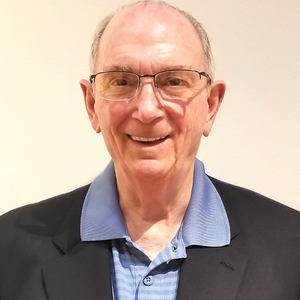
HCC is the first in Texas to offer an associate’s degree in AI. Brown says he realized the urgent need in the workforce – current and future – and collaborates with AWS to help educators at not just HCC, but other schools.
“The idea is to provide a workforce at scale,” Brown says. ”We don’t think the universities and undergraduate programs can generate enough people to spread AI as rapidly as it wants to be spread throughout the economy.”
He adds, “Our intent has been to design a model that will allow thousands of students from 1,500 community colleges across the country to meet that workforce need. Every large corporation we speak to about how they might use AI say they need thousands of people. They can’t hire at this point.”
HCC just received approval to start a bachelor’s degree program in AI and robotics, further emphasizing the need and support for the educator enablement program.
Expanding Educational Opportunities
The pilot bootcamp finished in January, and Laney College dean of math and sciences Angel Fuentes was part of it. Fuentes started the first-ever associate degree in AI and machine learning in the nation while at Gilbert Community College; it launched a week before HCC’s.
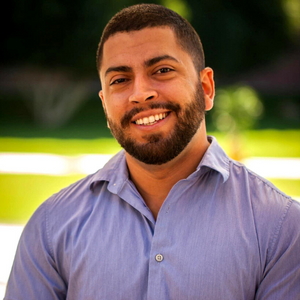
“Education is always changing. I’ve been teaching for a long time, since 2006. If I taught today the way I taught in ‘06 I’d be worst professor in the world,” Fuentes says. “I saw (the enablement program) as a way to establish and really grow more with this community and to see what’s the latest and greatest, get ideas with others, share ideas and have a network that we can count on, that can help me, and me help them.”
Fuentes says being surrounded by Bay area tech companies brings a growing demand for AI and ML knowledge.
Laney College will offer an associate degree and certificates in both, in the fall. The enablement program is also opening up his mind to possibilities of how AI and ML can be used ethically to do good.
“In my head I envision a program we’re starting in the fall, with student-led projects towards social justice,” he says.
“How to enable AI and ML, incorporating, for example, my participation with the Hispanic American Association of Community Colleges, to find food deserts? How do we use AI and ML to bring food to low-income communities, especially?”
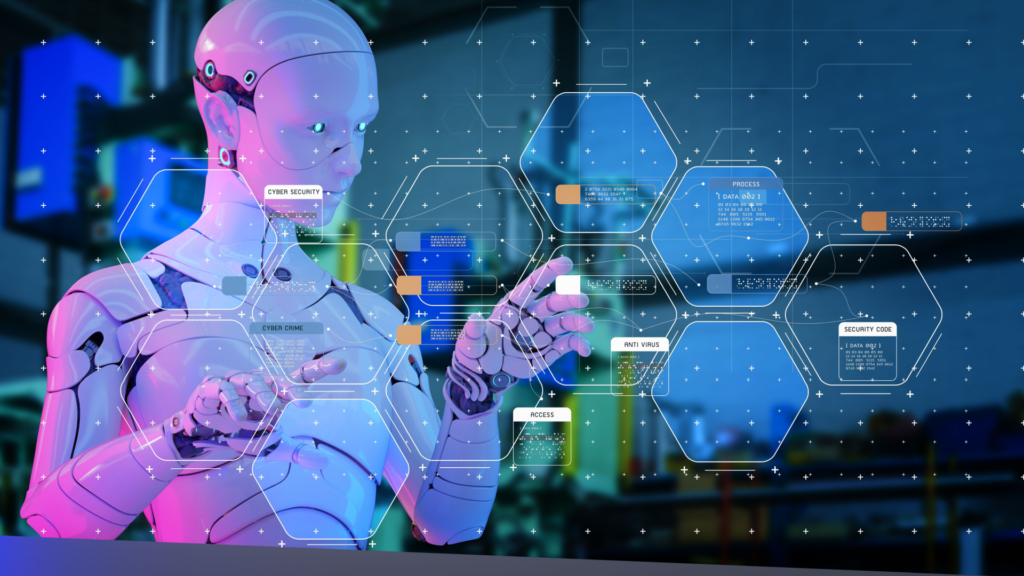
‘Changing lives in ways we still can’t really understand’
In addition to the developing bachelor degree, HCC is planning certifications and stackable credentials. Brown says their programs attract recent high school graduates, working adults, even those with graduate degrees in other disciplines. They see the associate degree as a way to pivot their careers. He says it’s typical to have companies and professional organizations reach out to HCC once they hear about the program.
“(AI and ML) will be more a general scope in our economy than electricity is proven to be. That’s a huge thing to say, but it really appears to be the case,” predicts Brown.
“It will be more generally useful even than our main power source and it’ll change the way people live in ways that we still can’t really understand or imagine yet just like electricity did, or introduction of automobiles did, telephonic communication of all types. All of those grow with AI applications,” he says.
Cultivating the ‘best minds from all backgrounds’
While the curriculum is from AWS, it’s designed to help with entry level roles in AI and ML in any industry and any company; it’s not specific to Amazon careers.
By the end of 2023, the educator enablement program expects to have 330 educators through its bootcamps largely from community colleges, MSIs, and HBCUs.
“What we see is the demand of these skills and talent is strong. If you look at the computer science graduation rate in U.S., there’s 54,000 graduates, which is a dominant pathway. But the AI workforce is expected to need one million (workers) by end of decade,” Miller says.
“We want to make sure the best minds from all backgrounds are entering the fields. Innovation can come from anywhere. It’s important for us to democratize AI and ML knowledge and enabling those career related opportunities.”
WorkingNation editor-in-chief Ramona Schindelheim contributed to this article.

